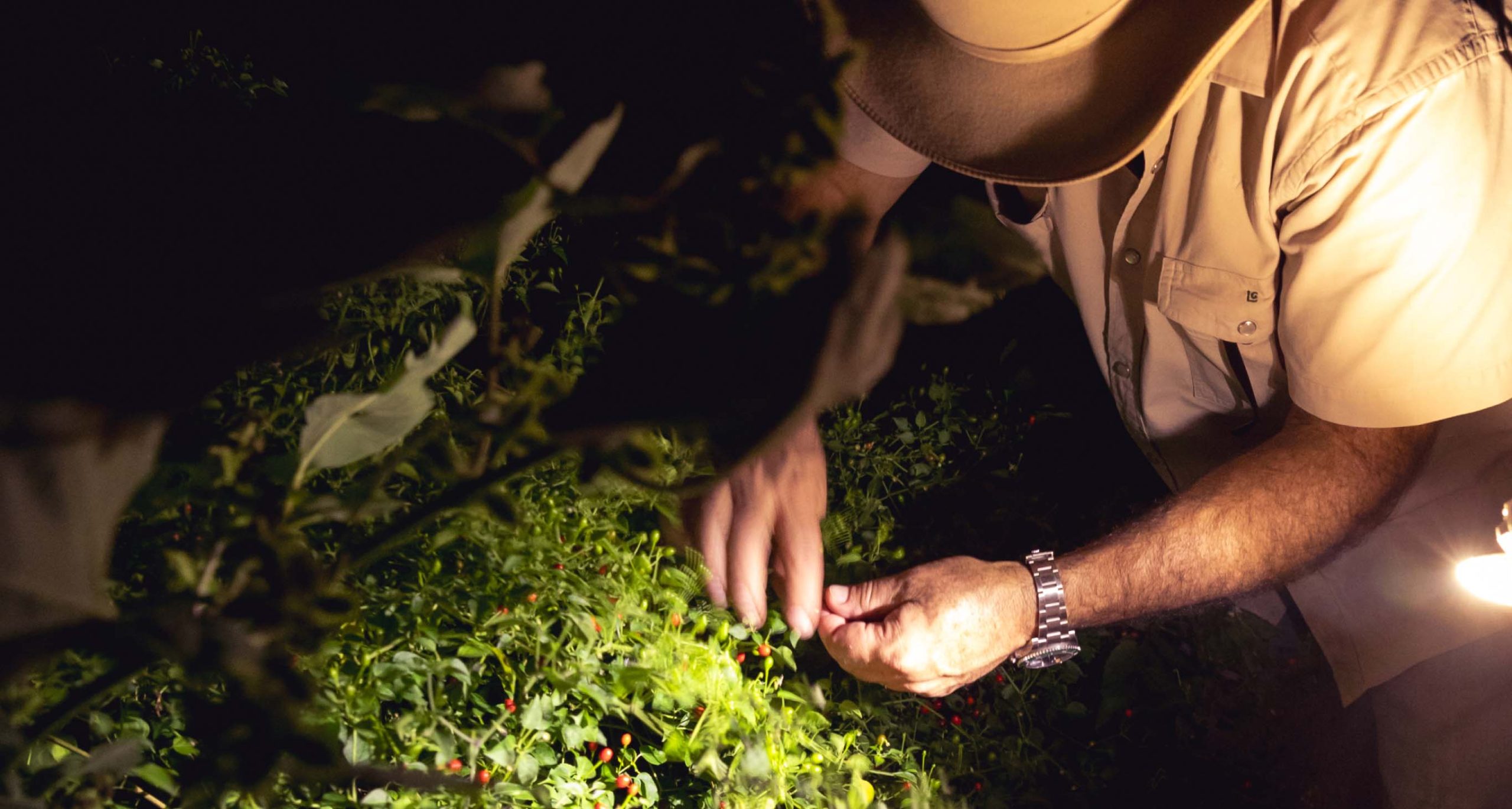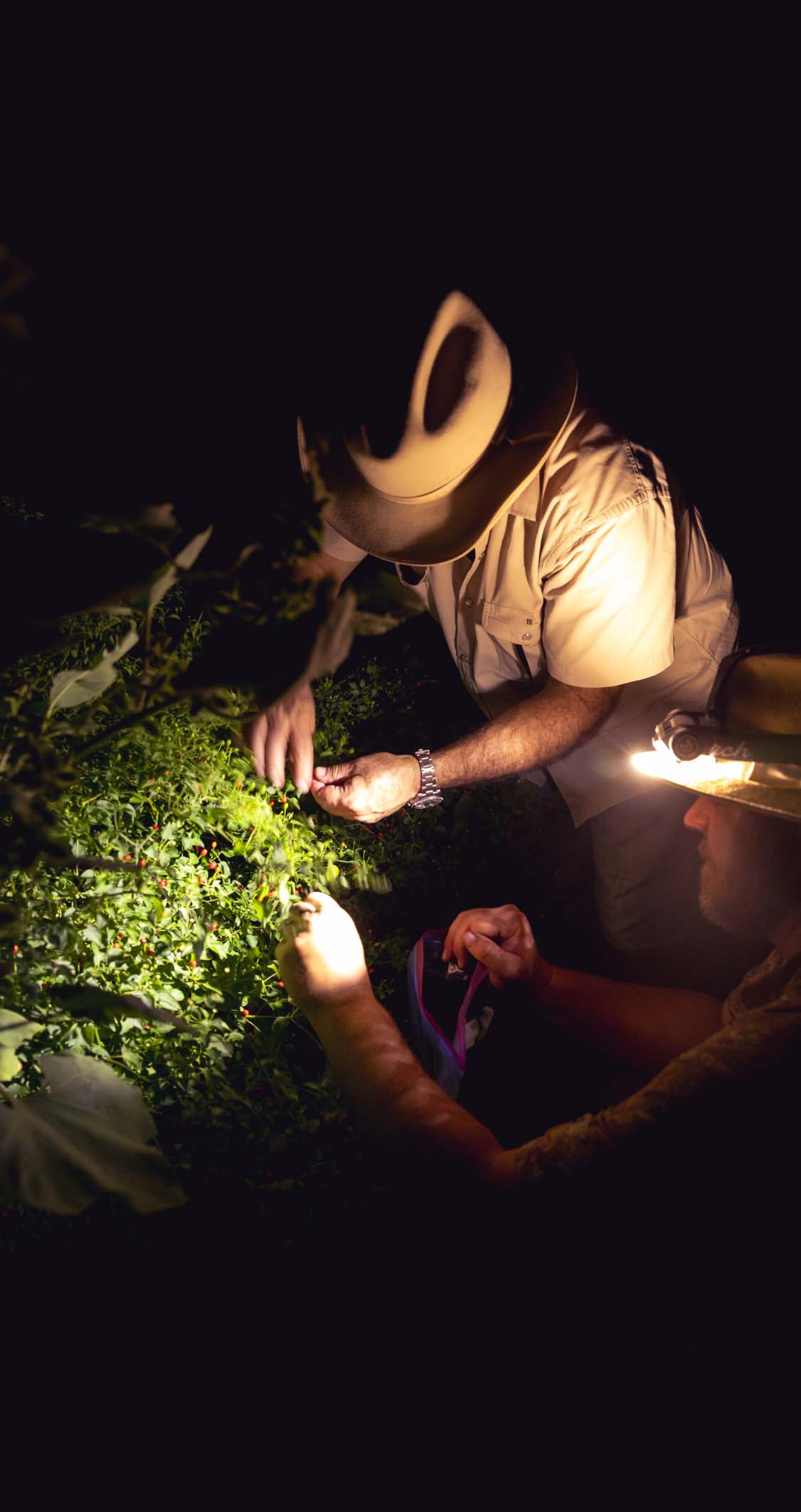
I recently released a recipe for chile piquin salsa, and it struck me that many folks may not know what a chile piquin is, much less where to find them. That’s something I need to rectify. These great little balls of fire are scattered across South Texas, and well worth looking for because of their intense heat and distinct flavor. In this brief guide, I’m going to cover the basics so you can hunt down a few of your own.
What is Chile Piquin?
Chile piquines are tiny peppers, which makes sense because their name is loosely derived from “pequeño” or “small” in Spanish. As they say, absence makes the heart grow fonder and people are fond of these little suckers in Mexico because they’re fairly tough to come by in commercial markets due to their finicky nature in organized cultivation. Yes, you can find them dried, but if you want fresh piquines, you’ll need to hunt them down in the wild—we’ll tackle that in a minute.
I love chile piquines because they pack a lot of punch in one small package. They’re pretty damn spicy—about 30,000 to 60,000 units on the Scoville scale, which is about five times hotter than a jalapeño, but still way down the list from peppers like the habanero or ghost pepper. They have a nice, citrus flavor and just a few peppers can brighten up a variety of dishes.
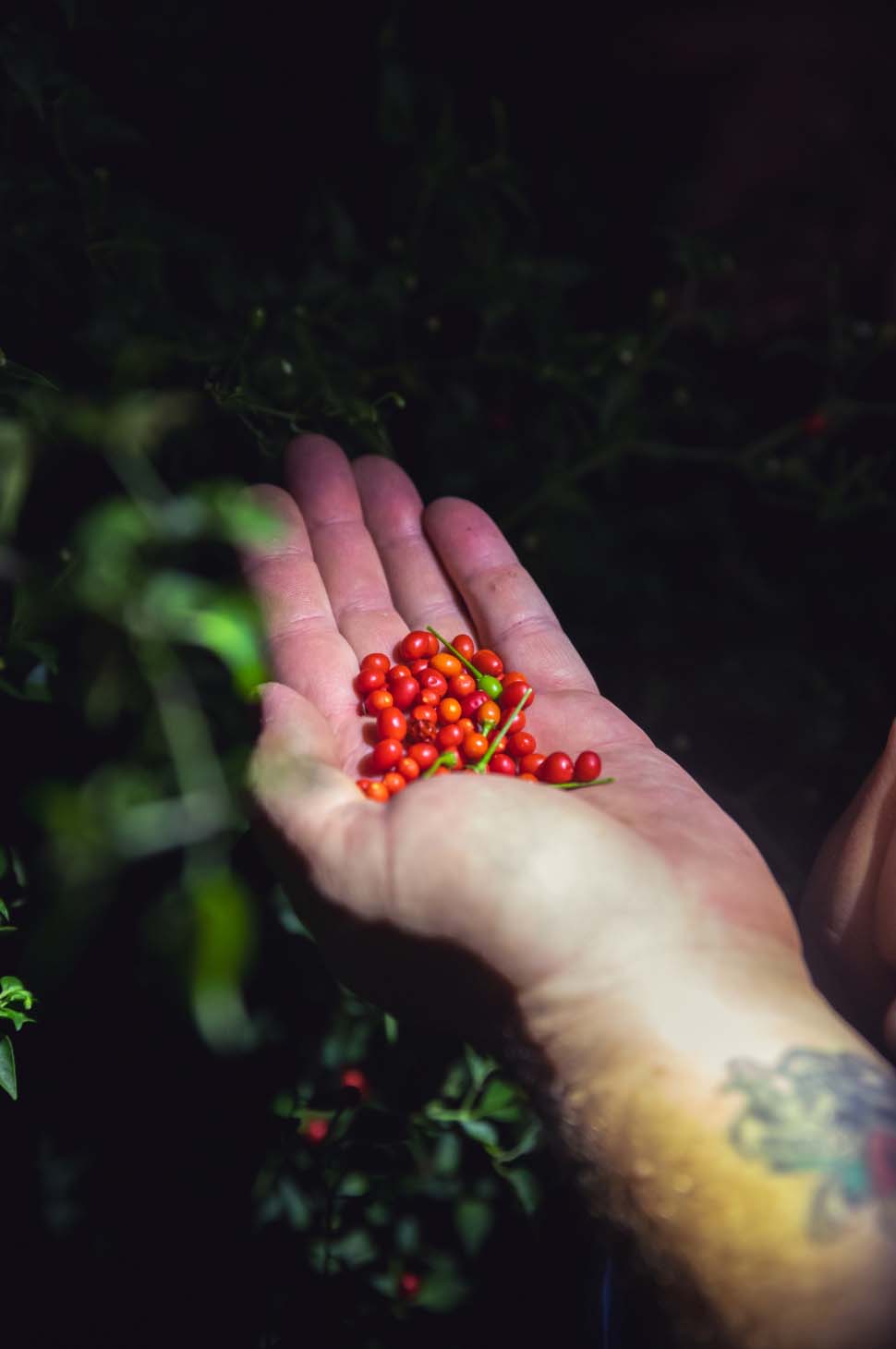

Yes, you can find them dried, but if you want fresh piquines, you’ll need to hunt them down in the wild

Where Can I Find Them?
There’s good news and bad news. The bad news is that you’re going to have to work to find fresh chile piquines in most instances. The good news? You have a South Texas scavenger hunt in your future. Piquines grow across most of South Texas and Mexico, where you’ll find them among the classic scrub brush, mesquites, and juniper groves. The bushes prefer shady areas with moist soil, so it’s best to look in thick underbrush near some sort of water source.
I’d recommend fall for foraging excursions, for two reasons. First, the peppers ripen around September and October, which means they’ll taste better and be a bit less spicy. Second, you won’t have to endure foraging under the summer sun.
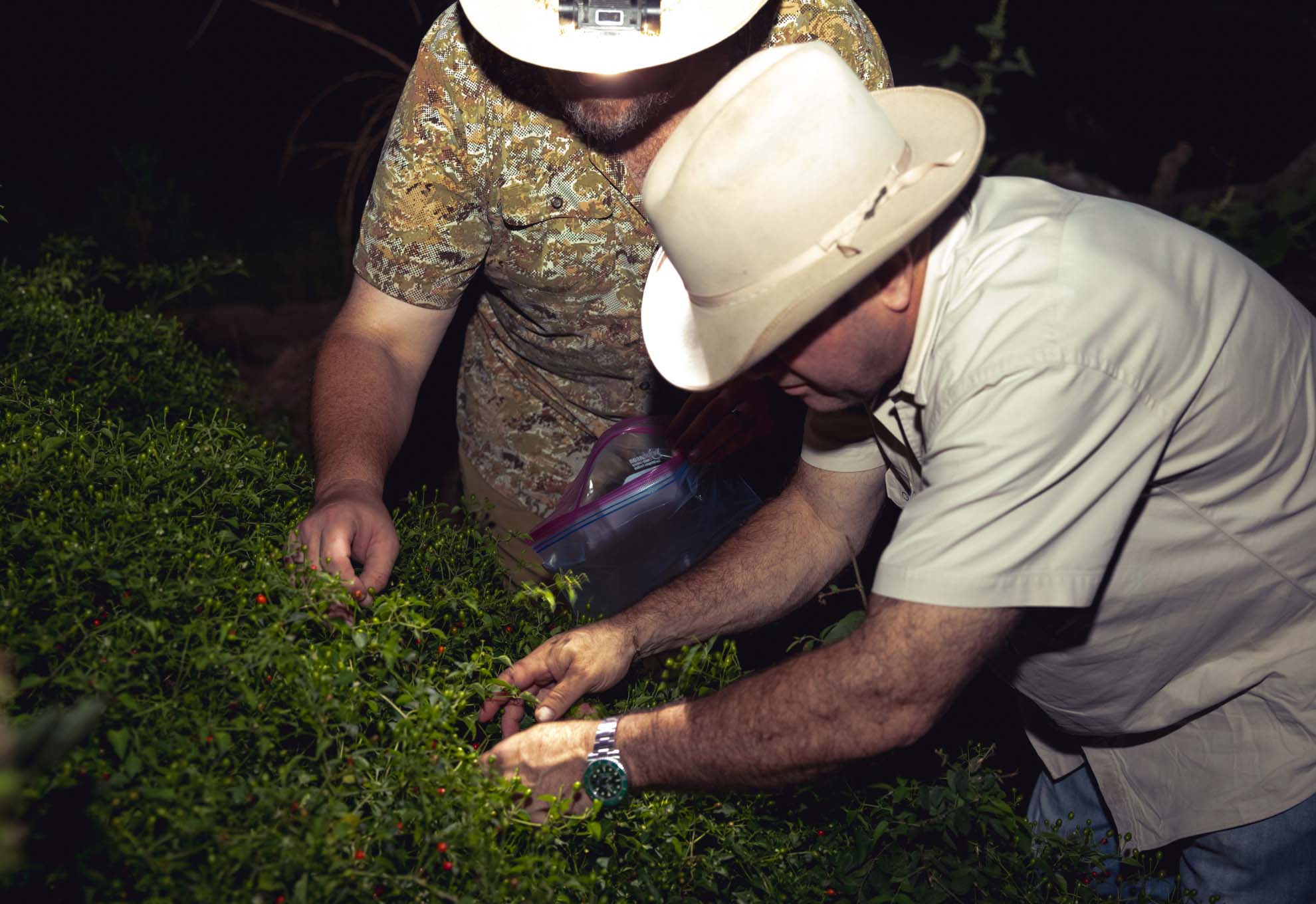
How Can I Identify Them?
Chile piquin bushes aren’t all that distinct. They grow a few feet tall, with bright green leaves that grow in a pointed shape—which also describes about a hundred other plants in South Texas. So, I look for two things: the right environment (covered previously) and the peppers themselves. Particularly when they ripen, the red peppers are a dead giveaway when you’re scanning a brown, dusty landscape.
Of course, do your due diligence to identify the peppers. They generally look like miniature jalapeños—green is unripe and red is ripe—so they’re not too hard to pick out. But, they can grow to be more circular, which can look a little like several wild berries that aren’t safe to eat. With even the slightest bit of knowledge and attention to detail, you won’t have any problem identifying them in the wild.

Particularly when they ripen, the red peppers are a dead giveaway when you’re scanning a brown, dusty landscape.

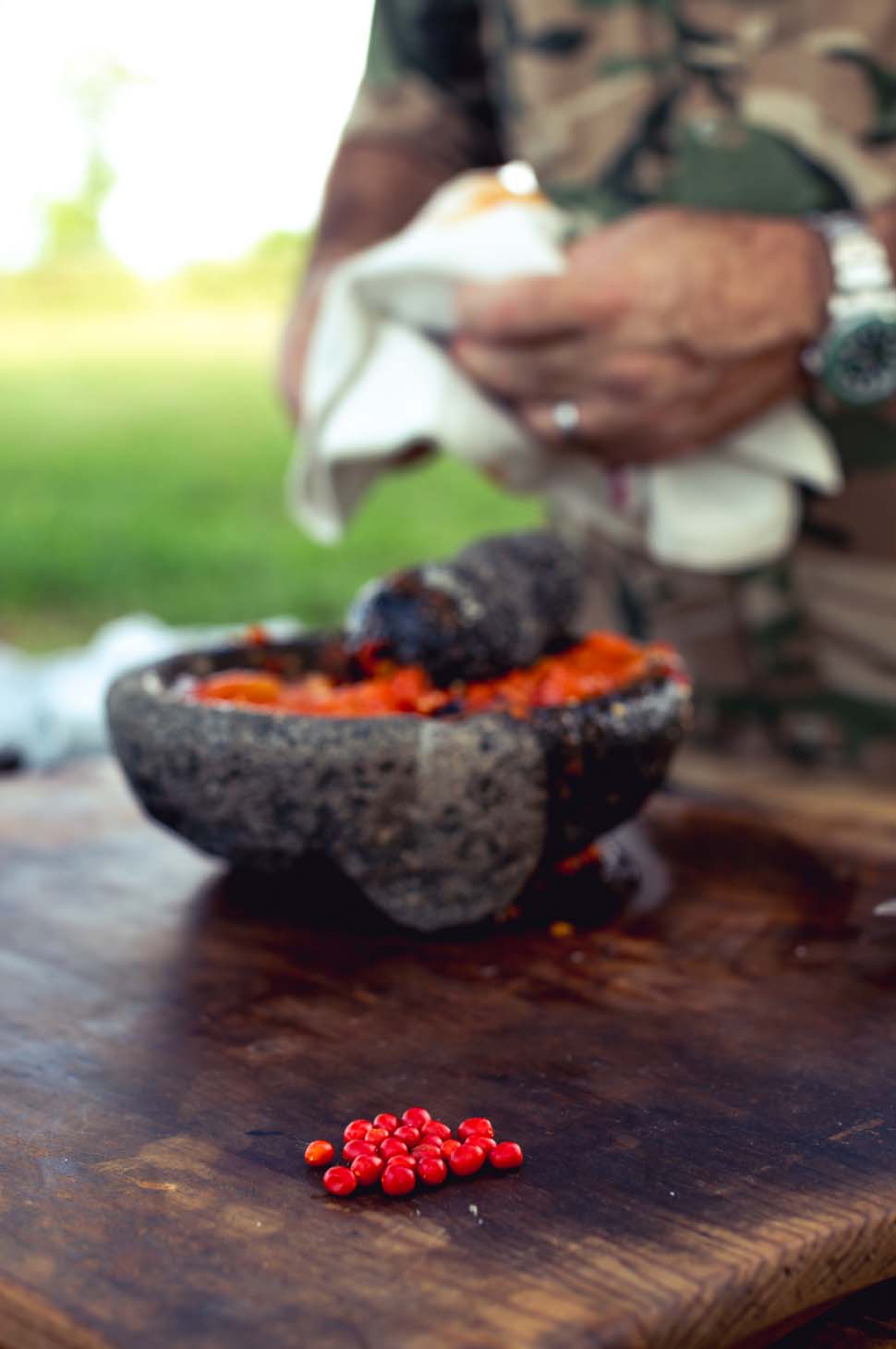
What Do I Do with Them?
As I mentioned earlier, I whipped up a deliciously spicy chile piquin salsa during an early season teal hunt, and you can find the recipe right here. Really, the options are limitless. While they are small, they’re not short on flavor, and you can use them in any dish you’d use jalapeños, serranos, or habaneros. You’ll want to use fresh, wild peppers fairly quickly (within a week or two). You could also dry them or, better yet, pickle them for a fiery addition to countless dishes.
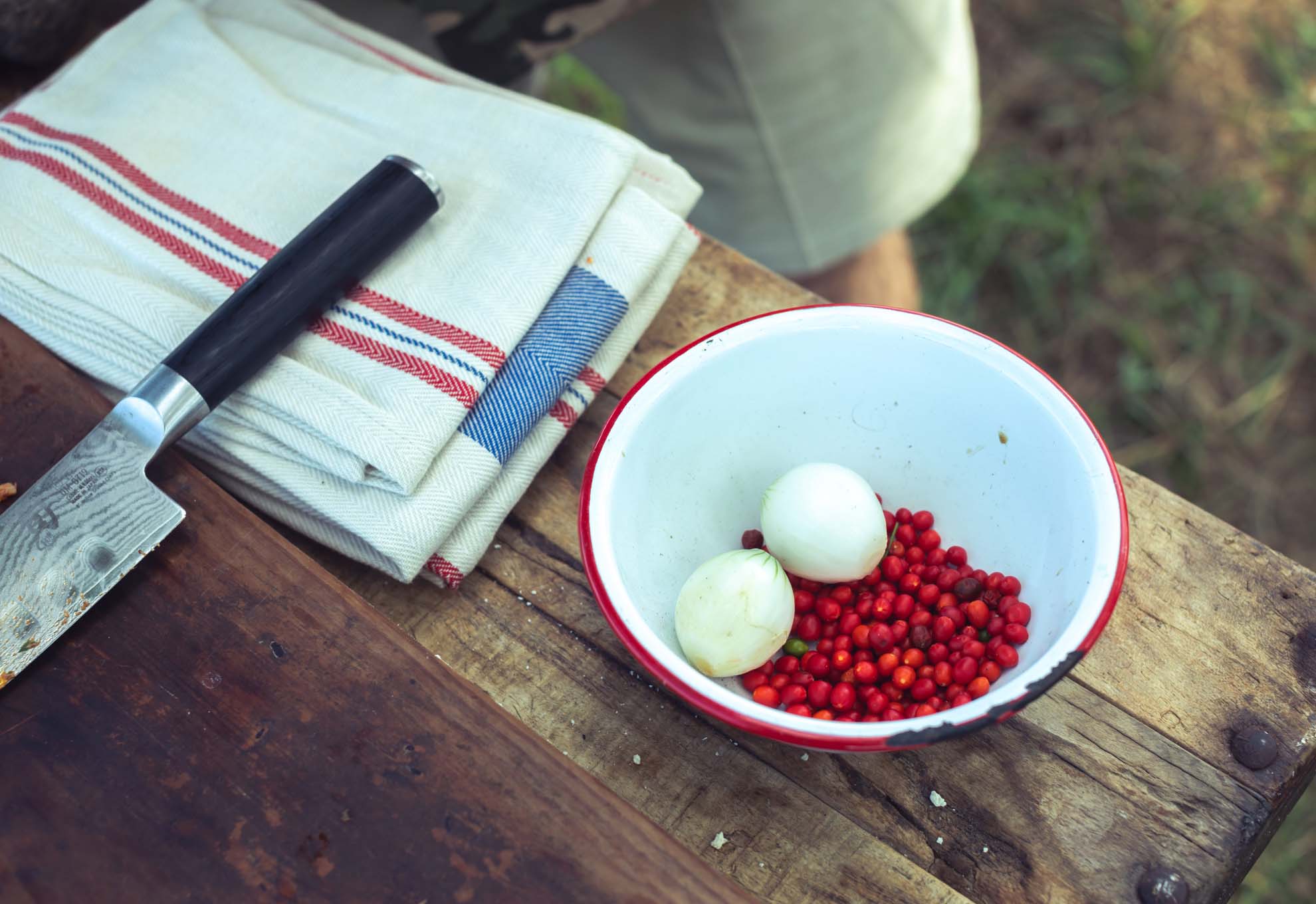
Photography by Steve Schwartz.
